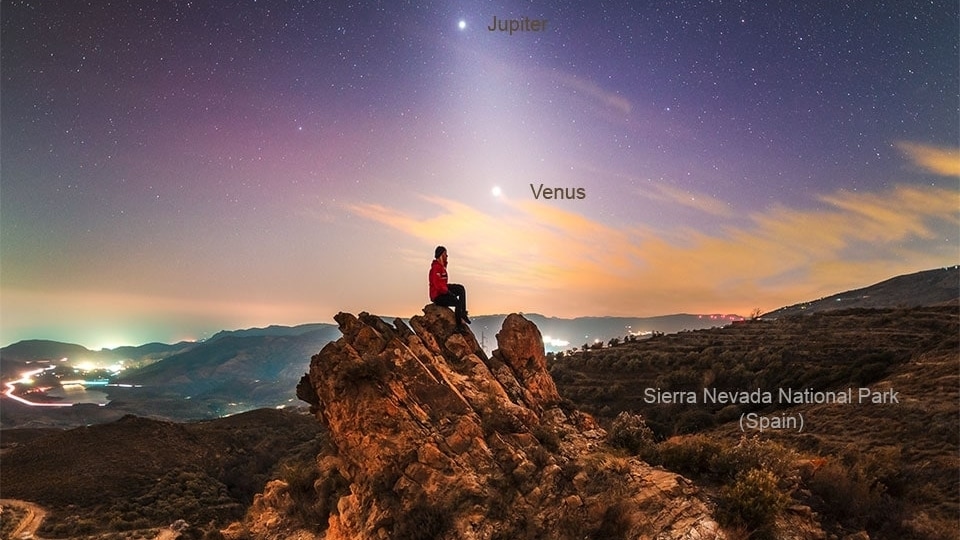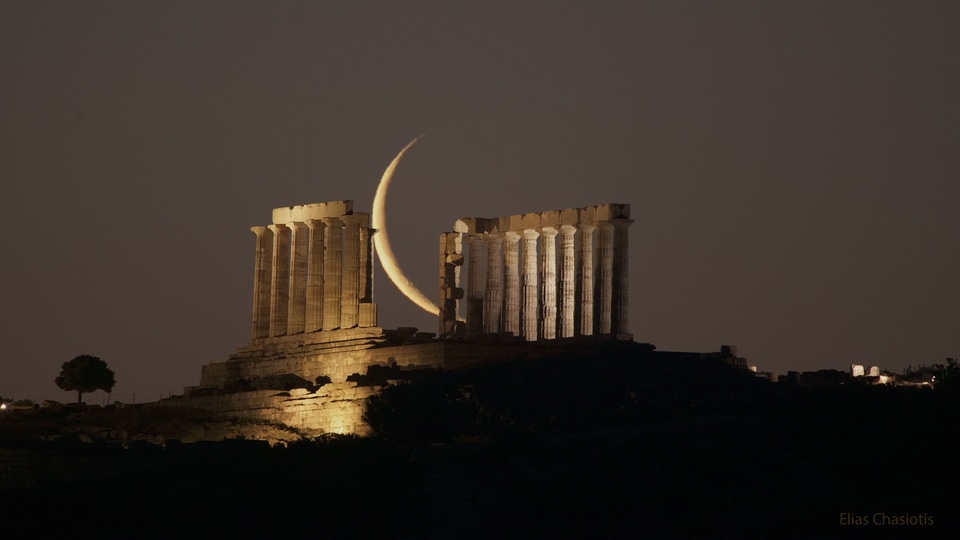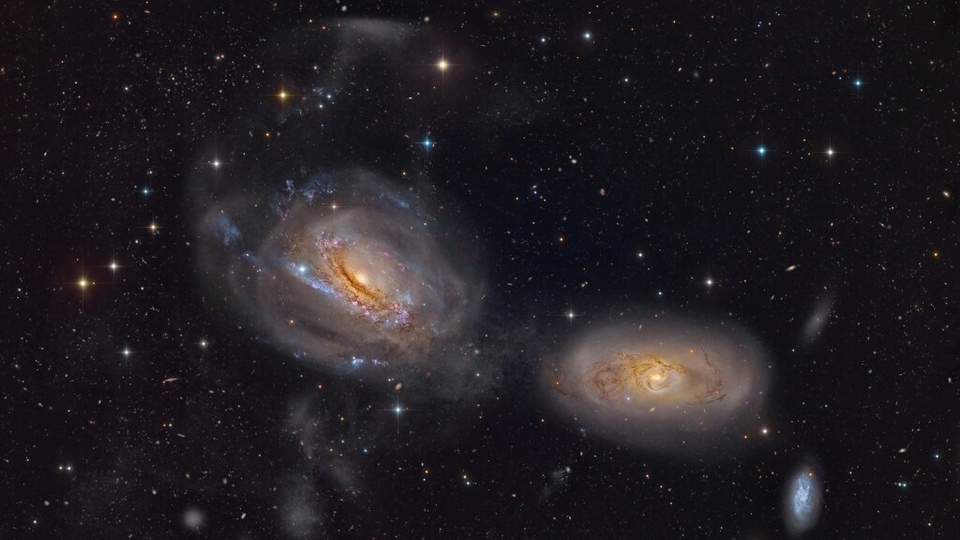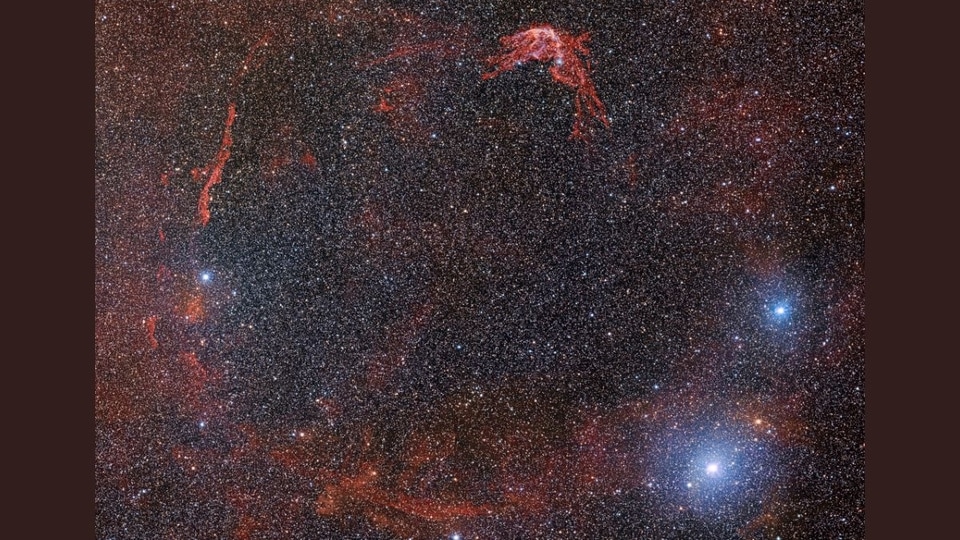NASA Astronomy Picture of the Day 3 March 2023: Awesome ancient Supernova
NASA’s Astronomy Picture of the Day is an extremely rare snapshot of the RCW 86 Supernova Remnants left after Supernova collisions.






 View all Images
View all ImagesThe explosion of a star, known as a Supernova explosion, is the largest explosion which occurs in space. But why does it happen? According to NASA, a supernova happens where there is a change in the core, or center, of a star. A change can occur in two different ways, with both resulting in a supernova. Although a supernova occurs for only a short span of time, it can tell scientists a lot about the universe. By studying supernovas, scientists have also shed light on the fact that we're living in an ever-expanding universe.
After the supernova explosion, its remnants are left behind, which are known as Supernova Remnants (SNR). NASA's Astronomy Picture of the Day is an extremely rare and historical snapshot of Supernova Remnant RCW 86 which spans around 100 light-years and is located nearly 8000 light-years away. According to NASA, SNRs are extremely important in the understanding of the galaxy. These remnants heat up the interstellar medium, distribute heavy elements throughout the galaxy, and accelerate cosmic rays. RCW 86 occupies a region of the sky in the southern constellation Circinus.
The picture was captured by astronomers at NoirLAB, a research and development center for ground-based night-time optical and infrared astronomy. It was captured using the wide-field Dark Energy Camera located at the Cerro Tololo Inter-American Observatory in Chile.
NASA's description
In 185 AD, Chinese astronomers recorded the appearance of a new star in the Nanmen asterism. That part of the sky is identified with Alpha and Beta Centauri on modern star charts. The new star was visible to the naked-eye for months, and is now thought to be the earliest recorded supernova. This deep telescopic view reveals the wispy outlines of emission nebula RCW 86, just visible against the starry background, understood to be the remnant of that stellar explosion.
Captured by the wide-field Dark Energy Camera operating at Cerro Tololo Inter-American Observatory in Chile, the image traces the full extent of a ragged shell of gas ionized by the still expanding shock wave. Space-based images indicate an abundance of the element iron in RCW 86 and the absence of a neutron star or pulsar within the remnant, suggesting that the original supernova was Type Ia. Unlike the core collapse supernova explosion of a massive star, a Type Ia supernova is a thermonuclear detonation on a white dwarf star that accretes material from a companion in a binary star system. Near the plane of our Milky Way galaxy and larger than the full moon on the sky this supernova remnant is too faint to be seen by eye though. RCW 86 is some 8,000 light-years distant and around 100 light-years across.
Catch all the Latest Tech News, Mobile News, Laptop News, Gaming news, Wearables News , How To News, also keep up with us on Whatsapp channel,Twitter, Facebook, Google News, and Instagram. For our latest videos, subscribe to our YouTube channel.




























